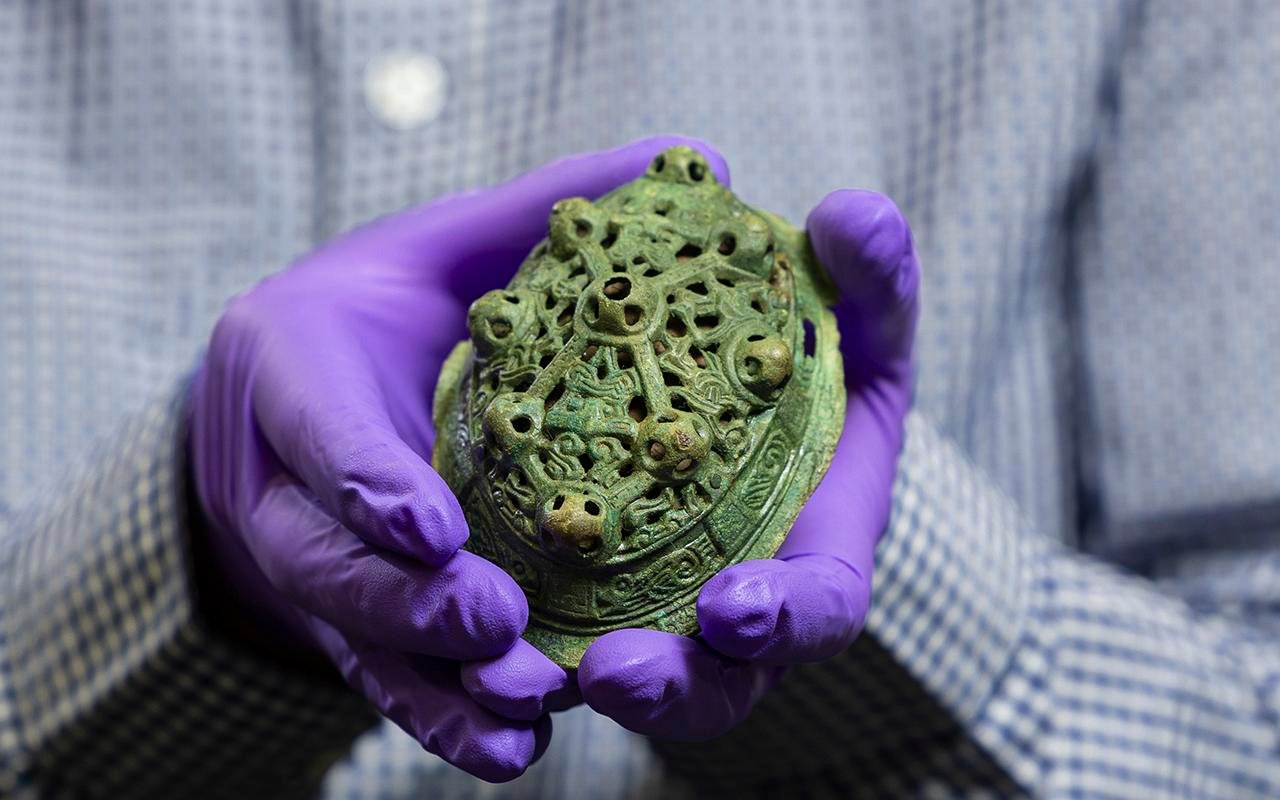Archaeologists have uncovered a Hellenistic-era cult structure and additional sections of a Bronze Age pile dwelling in the Pertosa-Auletta Caves of southern Italy. Located in the Salerno province, this karst cave system—also known as the Grotte dell’Angelo—is about 2,500 meters long and includes Italy’s only navigable underground river. Human occupation of the caves dates back to around 8,000 years ago and the site is among the region’s most significant archaeological locations.
The latest discoveries, which were made last year during the excavation season of 2025, show that the caves served as both a domestic and sacred place for thousands of years. Archaeologists uncovered remnants of a Hellenistic cult area from the 4th to the 1st centuries BCE, built along the subterranean river. In the shrine, they found numerous ritual offerings—sculpted figurines, terracotta ornaments, coins, incense burners, unguent vessels, and traces of burned plants. Among the most impressive finds were a large piece of amber and a terracotta female head, likely used in religious ceremonies dedicated to water or fertility deities.
In addition to the cult structure, the excavators also further explored the prehistoric pile dwelling originally identified in previous excavations. The Bronze Age structure, dating from the 2nd millennium BCE, is Europe’s only known example of a pile-built dwelling constructed underground. The recent excavations uncovered new additions to the dwelling and a rare Bronze Age chisel with its intact wooden handle—a surprising preservation of organic material made possible by the cave’s constant humidity.
Wood samples from the structure are undergoing laboratory analysis, which may reveal construction techniques and environmental conditions from more than 3,000 years ago. The findings not only demonstrate the technological skills of Bronze Age builders but also highlight the significance of the cave’s ecosystem in preserving sensitive archaeological remains.
The excavation was carried out by the Central Insтιтute for Archaeology (ICA) of the Italian Ministry of Culture and the MIdA Foundation, which manages the caves. The ICA has started a pilot project to develop methodological standards for underground archaeology, combining traditional fieldwork with modern conservation methods and digital documentation.
The new campaign also includes an educational program for local high school students to participate in fieldwork. The project gives them a chance to learn about speleo-archaeology firsthand and take part in uncovering the untold history of southern Italy.
More information: Integrated Environmental Museums





